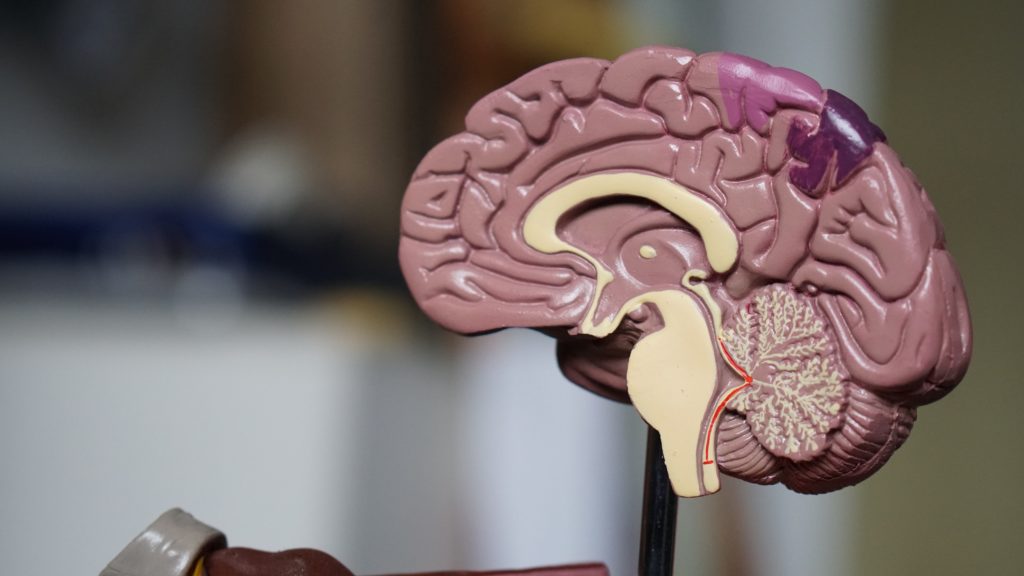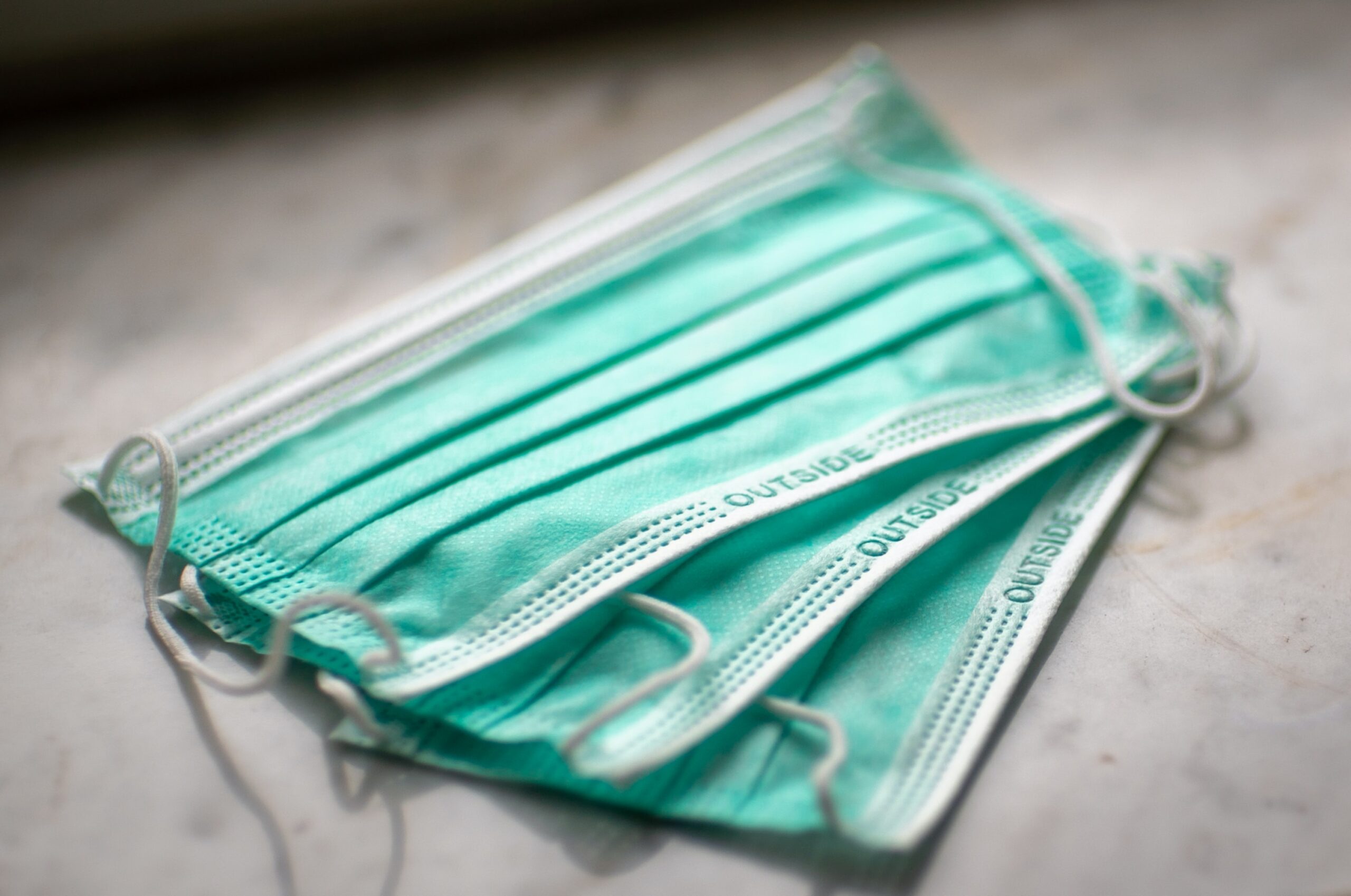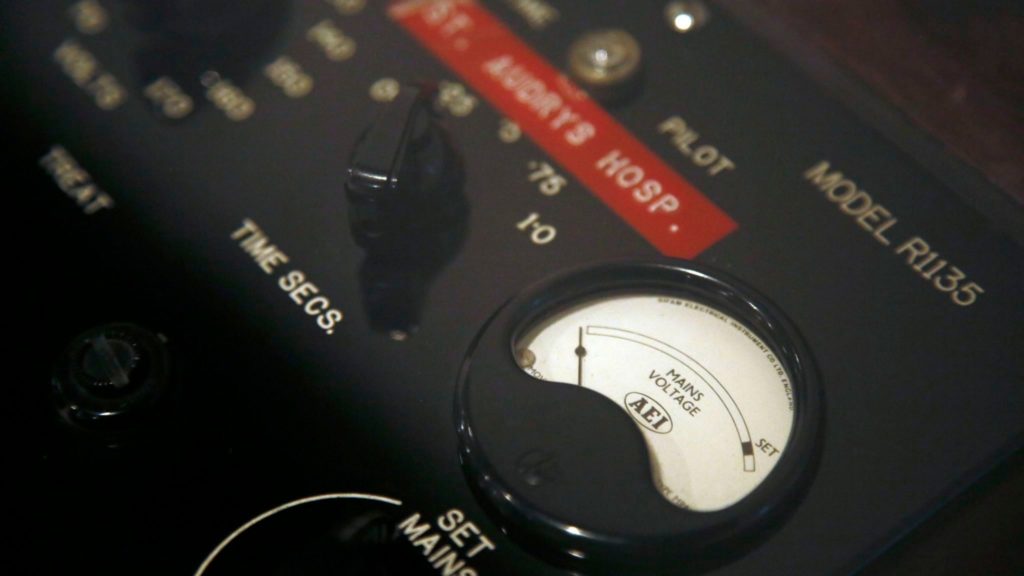Posted April 12th 2021
There is one treatment in psychiatry that has provoked controversy ever since it was developed by Ugo Cerletti and Lucio Bini in Rome in 1938.
More than eighty years later Electroconvulsive Therapy (ECT) still remains a standard treatment for severe psychiatric illnesses around the world.
It is still used for a simple reason: it produces a substantial improvement in approximately 80% of patients (American Psychiatric Association) and exerts its effect within a few weeks (Husain et al, 2004).
In many countries, it is a mainstream treatment, but in others, it is still considered by the public as an archaic treatment or one of last resort.
Nowadays in the UK, it used mostly when other treatments have failed and despite that, it produces surprisingly high rates of remission.
In one of the largest modern studies, Husain et al, (2004) used bilateral ECT and reported that 74.7% of participants attained remission. Kellner et al, (2016) reported 61.7% remission rates in 172 patients >60 years old, treated with right unilateral ECТ.
In our clinic in Cardiff, we reach 58% remission rates after up to 12 sessions.

These are dry statistics that do not reveal anything about the personal suffering of patients and the dramatic positive changes that some of them experience.
The true effect of this treatment can only be appreciated by hearing their personal stories.
There is a stigma associated with ECT, so only a few patients are willing to talk about their personal experiences. We have asked some of them to share their stories.
Gwyneth’s story
Each mental health struggle is as unique as the individual dealing with it.
My name is Gwyneth and I was born in York in 1943. I came to Cardiff in 1965 for a post in Higher Education.
My mental health difficulties started in 1987.
I attempted to take my own life as I seemed to have no reason to go on.
I had had a hysterectomy and left oophorectomy in 1984 and this may have been a trigger. I retired from my post in 2002 and became unwell in Spring 2003.
I found it difficult to adapt to retirement, it was a massive change in my life. I had not prepared properly for it.
There was another attempt to take my own life and I was lucky to survive.
Later, I had a bout of mania, caused by treatment with the anti-depressant venlafaxine and was hospitalised. A diagnosis of Bipolar Disorder (BPD) known as was given.
Experience of ECT
My experience of ECT started after another relapse in 2008. At the time I was in the (then) Llanfair Unit at Llandough suffering from depression.
I had had a bout of mania, and depression inevitably follows this.
It is difficult to do almost anything during a depressive episode – eating, sleeping, personal hygiene, having a normal conversation.
I had not responded to the usual psychiatric medication, after several months in hospital.
As a last resort, it was decided to try ECT.

I had to travel to Whitchurch hospital for this treatment.
My memory of this is very sketchy, partly because my stay in the Unit was one of the worst times in my life.
I think this was partly due to the deep depression and the poor physical environment in the Unit.
The saving grace was that I had 12 sessions of ECT and responded very well to this. Some improvement was seen after only half of the sessions.
Twelve years later, in Spring 2020, I experienced a further relapse.
I was admitted to Ward E18 in Mental Health Services for Older People with a relapse in my bipolar disorder.
This was after several weeks of trying to treat me at home, with medication.
This time I seemed to display a mix of depression and mania. In some ways, mania feels good, a feeling that you can achieve almost anything.
It is not healthy as it comes with a lack of sleep and a tendency to do far too much. As I noted earlier, depression follows mania and sinking into the depths of despair.
ECT treatment during the COVID-19 pandemic
My ECT treatment was delayed due to COVID-19 restrictions and because I had developed the virus on my second day in the hospital.
I did eventually get ECT and had the usual 12 sessions.
The ECT suite is located at Hafan-y-Coed and I was accompanied by a nurse from the ward. No food or drink was allowed after midnight the previous day, in preparation for having an anaesthetic.
The staff in the ECT suite were always welcoming and with a kind word.
A memory test would be conducted and vital signs measured.
On entry to the treatment room, introductions to all the staff were made.
Head measurements are taken to ensure the electrodes were put in the right place. The anaesthetic and muscle relaxant was given via a cannula in the back of one of my hands.

Oxygen is also given and the sensation of drifting off to sleep is a very pleasant one.
The treatment takes little time and is followed by some time in the recovery room. A hot drink and some food are provided. Vital signs are checked again before leaving the ECT suite.
I was discharged from E18, in a matter of days once the ECT had finished.
The ward staff had been able to witness the very significant improvement in my mental health and were happy for me.
I owed them a huge debt for always being there and even when I was not cooperating.
I understand that the staff still talk about how quickly ECT had a positive effect.
It was decided that I should have extra ECT treatment as an out-patient.
This would help to prevent relapse. I was allowed to attend the ECT suite unaccompanied. In my view, this was an important step forward.
After my last ECT session, I did another memory test. Parts of this were quite challenging.
I have experienced some loss of memory, which may be may be linked to ECT treatment. A final memory test was conducted some three months after the last ECT.
Final thoughts
The debate about the pros and cons of ECT still rumbles on.
For many, even those in the medical profession, there is still a stigma attached.
Some people may be aware that anaesthesia was not used when the procedure was first introduced.
Talking to friends recently, this was mentioned and made them scared to contemplate ECT. The film ‘One Flew Over the Cuckoo’s Nest’ (1975) and the portrayal of ECT as a form of punishment did a great deal of harm.

Others may be concerned that the precise way ECT works is still debated.
Other people may have heard rumours about what purportedly happened to acquaintances who had ECT treatment.
Thinking negatively comes more naturally to people than thinking positively, this requires less conscious effort.
I very much regard ECT as a valuable friend.
The results are seen quite quickly as compared to the effects of psychiatric medication.
Slight memory loss is a small price to pay for returning to a normal life.
I went for 12 years without having a serious relapse, this is a huge benefit of ECT and the knowledge that if I have another relapse it will be available if I need it.
We would like to thank Gwyneth again for speaking so candidly about her experience with ECT and we hope to share more personal stories over the coming months.
Resources
- NCMH blog | Learning more about ECT
- NCMH blog | Mental health stigma and ECT
- NHS | Treatments for depression including Electroconvulsive Therapy
- Shocked: insider stories about electroconvulsive therapy – a book by Prof George Kirov
Sign up now and receive new blog posts to your inbox.
